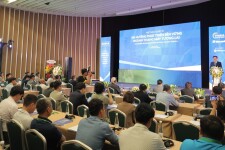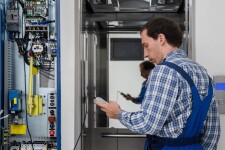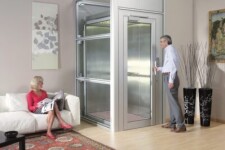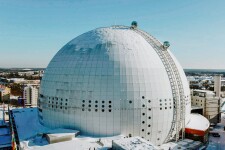In addition to the technical regulations and technical standards that make up the brand, the leading countries in elevator quality also require the level of human resources in the industry by management settings, training programs and management. This can be a reference source for Vietnam's elevator industry.
How to standardize the elevator industry in the US?
National Elevator Industry Association NEII (National Elevator Industry, Inc.) – The leading association representing global leaders in the field of in-building transportation that considers the safety of occupants and crews a priority. The workforce of the industry is the highest priority. NEII has tried to promote standardized settings for the elevator industry that are comprehensive in all legal aspects. This effort aims to address requirements, training and management for all aspects of the management of traffic equipment in buildings, namely elevators and escalators.
For nearly three decades, NEII has collaborated with the International Union of Elevator Constructors (IUEC), the Elevator Industry Work Preservation Fund (EIWPF), and other stakeholders. industry to develop and promote the adoption of model elevator laws in every state.
The industry's Model Elevator Law (MEL) encourages the following provisions for a comprehensive elevator industry regulatory setup:
Licensing: Elevators, escalators, and other transportation devices in buildings are complex and technical in nature. Minimum standards for contractors, technicians and inspectors ensure that industry personnel have the education and training necessary to work efficiently, safely and in accordance with applicable safety standards. for a wide range of devices used by millions of people every day.
Inspection: Requires regular inspection, coupled with reliable interpretation of rules and standards, predictable enforcement criteria, and well-trained inspectors, ensure that the operation elevator operation is performed correctly and the equipment complies with applicable industry safety codes.
License: A license issued by the competent authority is a means of monitoring the installation, operation, and alteration of equipment. This information is integral to effective program management and monitoring to ensure equipment is functioning properly before it is put into service.
Governance: Form an elevator safety advisory board with representatives of elevator manufacturers, service providers, workers, building owners, designers, and the public. This Advisory Board will provide significant technical support to manage the created setup.
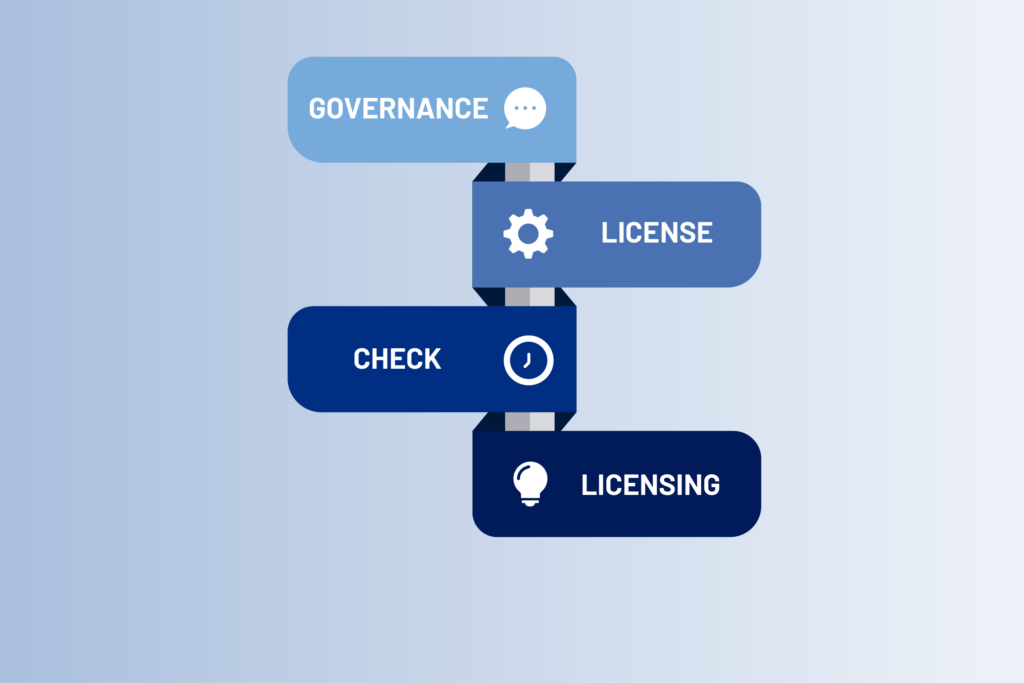
Factors highlighted in the establishment of comprehensive elevator industry management under the Model MEL Elevator Law
Currently, the US has about 50 regulatory systems in place – all of which include licensing and checking, which are critical to determining if equipment meets industry safety rules. However, more than half of these systems do not yet include other critical components for the safety of industry workers and users – factors that NEII is focusing on promoting. For example, only 26 of the statewide programs have governing boards or advisory committees dedicated to assisting with elevator code adoption, industry licensing, and other regulatory issues.
Some states in the US have required industry licenses for human resources: contractors, surveyors, technicians, and inspectors. However, in each state, the requirements are different with different objects, not synchronized, there are even states that do not have an industry license requirement for any industry human resources.
Therefore, NEII and its partners are pushing hard to create a new elevator management setting in areas that have not yet adopted it, such as Kansas, Ohio, etc. At the same time, many states have established equipment. Management has been established in advance but has only reached the minimum standard or has many shortcomings. NEII also expects to be able to make the states that have not fully standardized yet update and supplement in order to create a synchronous management system across the US, towards building the transportation industry (in which traffic in the building) as safe as possible.
In the coming time, NEII, IUEC, EIWPF and other industry partners will provide and support to implement this important regulatory setup in states that have approved the new regulations.
While Vietnam does not have a training code, there has not been any organization to train human resources for the elevator industry, in Korea there is a private university that trains human resources. elevator industry: 한국승강기대학교 (Korea Lift College). Each year, this unit trains about more than 600 elevator engineers with industrial elevator departments aimed at manufacturing enterprises and applied elevator departments (special elevator management, intelligent elevator management). , Elevator installation, Parking lift management).
In addition to this unit, there are also many training institutions in Korea with training in elevator engineering such as: Kunjang College, Gumi College, Dongwon College, Kimpo College, etc.
According to a number of senior elevator engineers in Korea, highly qualified human resources here are welcomed with high compensation from both manufacturing and service businesses. However, the trend in recent years is that the input from indigenous people is relatively low, training units have to look for students from other countries to join the training program. Along with that, businesses also fall into a shortage of skilled human resources, many businesses have to seek human resources from neighboring countries such as Malaysia, Vietnam, etc.
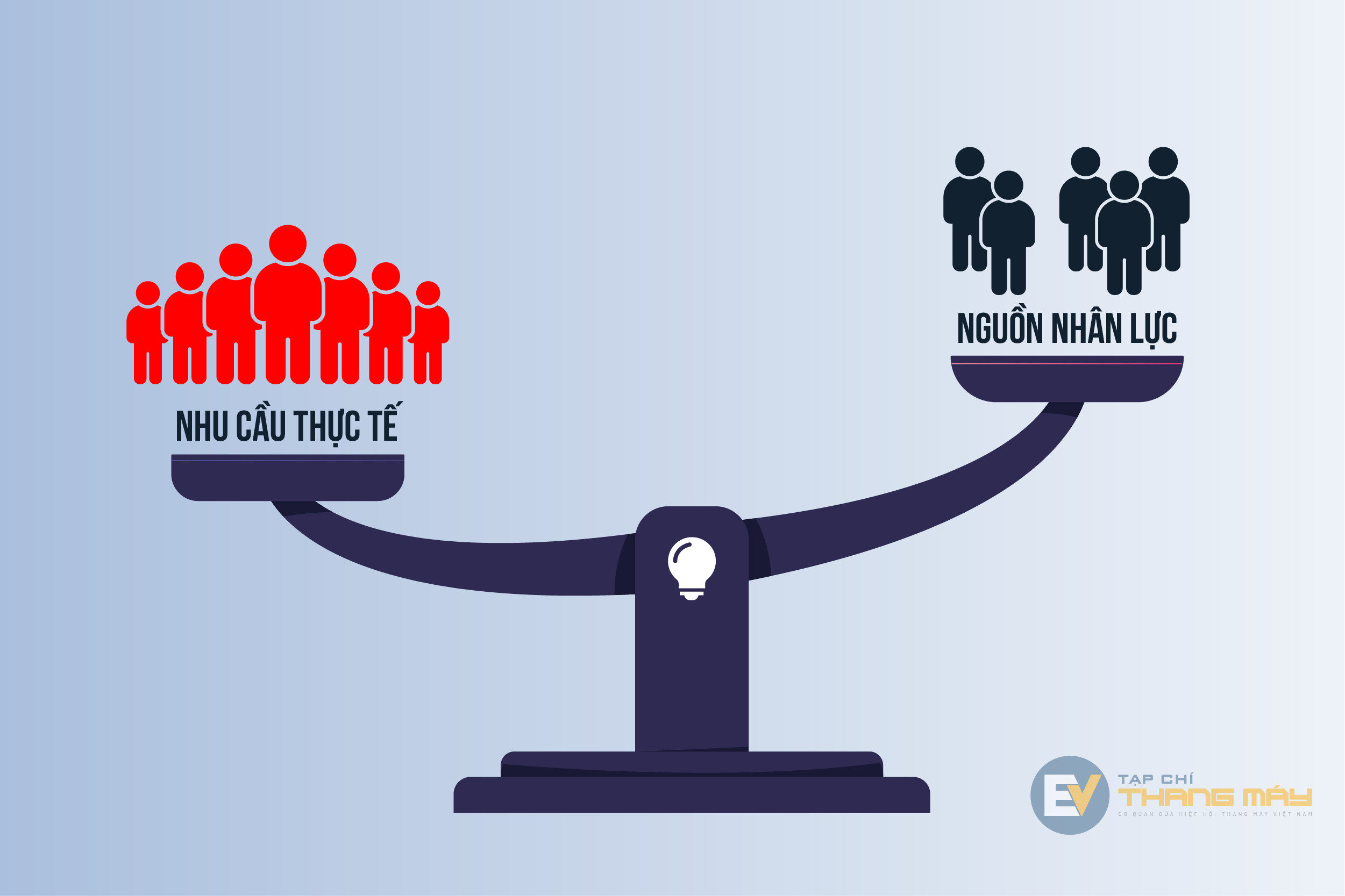
The actual demand for highly qualified human resources in Korea is much higher than the available human resources, this can also be considered as an opportunity for Vietnam to export highly qualified workers.
Up to now, Vietnam has not had strict regulations on the quality of human resources in the elevator industry. In a narrow perspective, these are just general training courses on building operation and management skills including electricity, water, elevator systems, etc. Meanwhile, with other employees in the industry including contractors, surveyors, technicians, inspectors, in the US have established programs from training to management. Maybe a suggestion for Vietnam?
Viewed from Korea, Vietnam can also consider a unit to officially train human resources for the elevator industry. Because the infrastructure structure in Vietnam is in the process of modernization, the demand for the application of elevators in new buildings is extremely large. Besides, with an abundant labor force like Vietnam, the trend of exporting experts and skilled workers in elevator engineering is very potential.
But to be able to realize the possibilities, first of all, it is necessary to further involve the state management agencies in creating policies to promote training institutions in the education system. It is the building of a vocational skill set to standardize the training framework and improve the quality of human resources for the elevator industry.
At the Conference "Improving the quality of human resources in Vietnam's elevator industry" held on July 13, many domestic and foreign delegates mentioned the importance of referring to standards and standards. standards on vocational skills, models and training programs from international to apply in Vietnam effectively. Ms. Ingrid Christensen - Director of the International Labor Organization in Vietnam ILO (The International Labor Organization) also shared many useful experiences and expressed her willingness to support the Vietnam Elevator Association in the future.
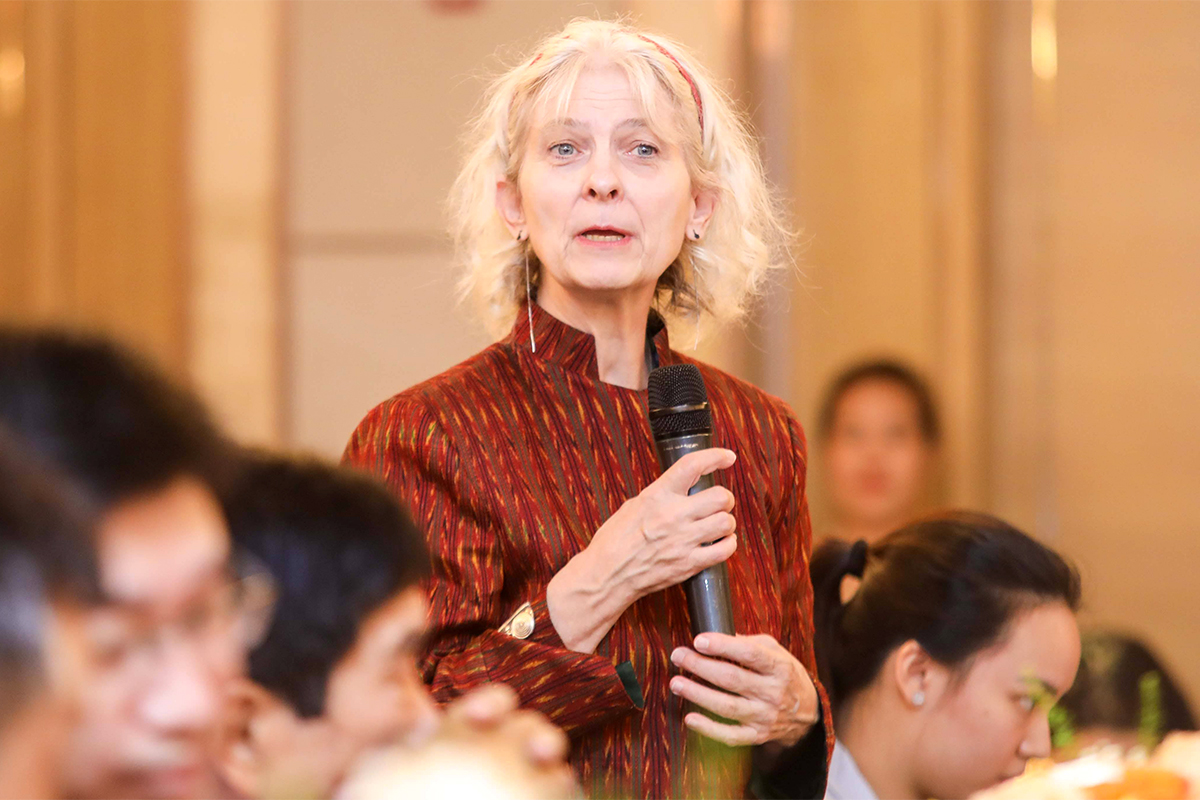
Ms. Ingrid Christensen shared at the Conference.
